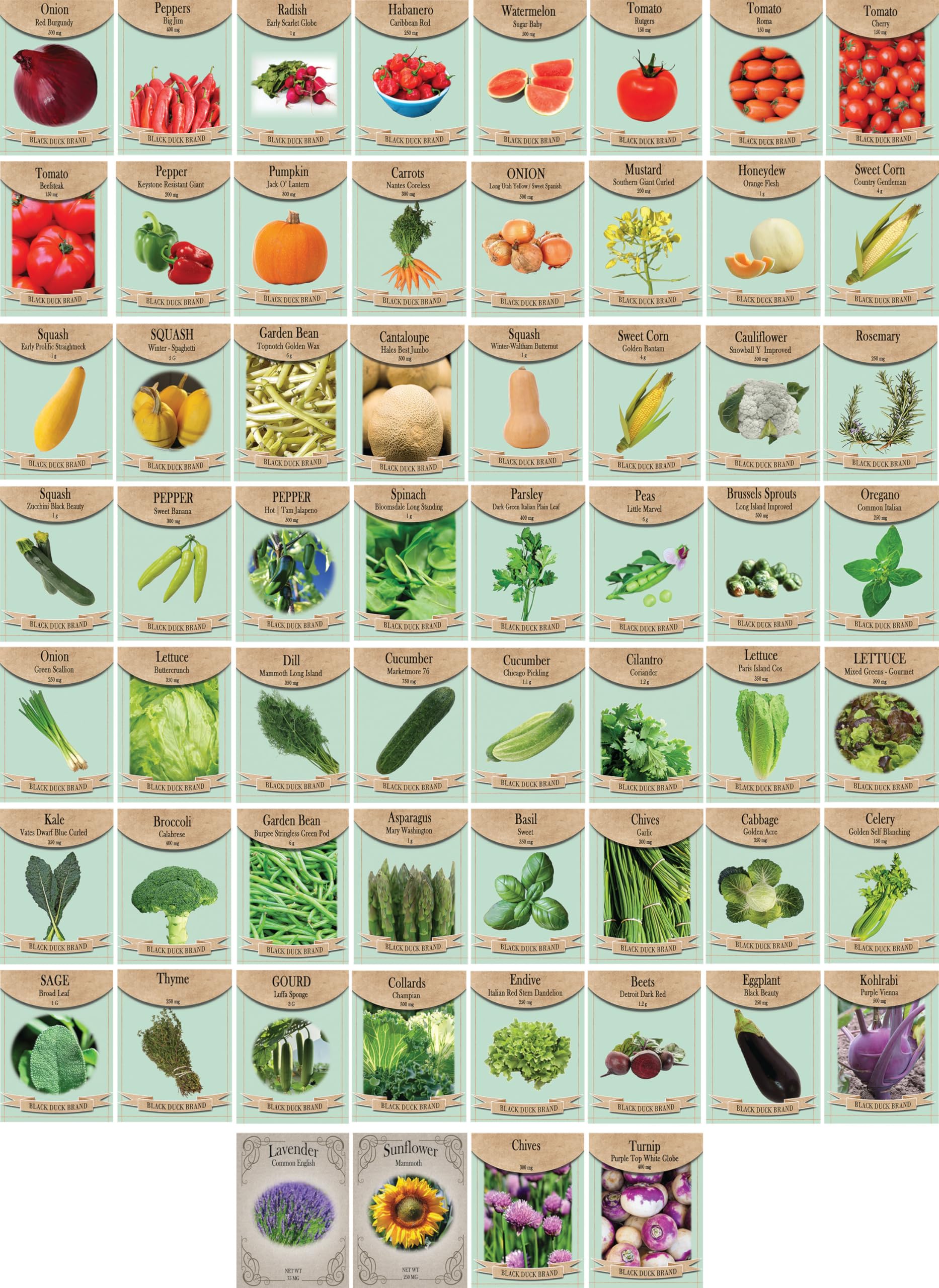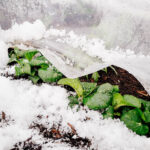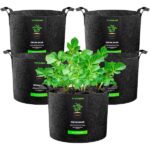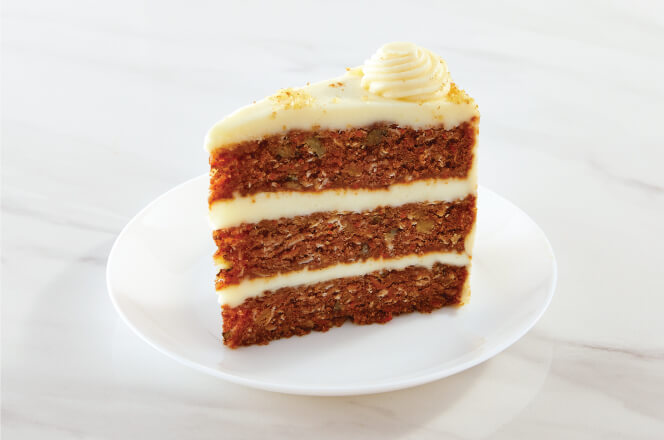Gardening enthusiasts often face the challenge of finding plants that can thrive in less than ideal light conditions. Whether you have a shaded yard or a balcony that doesn’t receive full sunlight, understanding the varieties of vegetables, herbs, and fruits that grow in shade can turn a potential setback into a lush, verdant garden.
Different Degrees Of Shade, Explained
Different Degrees of Shade, Explained
Shade in the garden isn’t just a one-size-fits-all term. There’s dappled shade, which mimics the natural light beneath tree canopies, partial shade that provides some direct sunlight during the day, and full shade areas that are rarely touched by direct sunlight. Each type of shade offers unique opportunities for growing a variety of plants.
Understanding these nuances is vital for selecting the appropriate plants for your garden. For instance, while leafy greens might prosper in partial shade, flowering fruits typically need more light to produce a bountiful harvest.
What Are The Best Vegetables That Grow In Shade?
What Are the Best Vegetables That Grow in Shade?
For gardeners dealing with shaded spaces, leafy greens such as spinach, kale, and swiss chard are excellent choices. They can perform well with minimal sunlight, making them a staple in shady gardens.
Root vegetables like carrots and beets can also tolerate shade, although they may take longer to reach maturity. Brassicas, such as broccoli and cabbage, are another group that can succeed in lower light conditions, provided they get a few hours of sun.
However, one should not expect to grow sun-loving vegetables like tomatoes in shade as they require ample sunlight to develop their fruits.
Which Herbs Thrive In Shaded Areas?
Which Herbs Thrive in Shaded Areas?
Many herbs are known for their adaptability and can grow even with limited sunlight. Easy herbs to grow in shaded areas include parsley, cilantro, thyme, and mint. These herbs can often manage with fewer hours of sunlight, making them perfect for that corner of your garden that doesn’t get full sun.
It’s crucial to ensure that these shade-tolerant herbs receive adequate water and are planted in well-draining soil to prevent root rot and other moisture-related issues.
What Fruits Can Be Grown In Partial Shade?
What Fruits Can Be Grown in Partial Shade?
When it comes to fruit-bearing plants, options for shade gardens are more limited. However, certain fruits such as berries and currants can tolerate partial shade. They may produce fewer fruits than they would in full sun, but they will still provide a delicious harvest.
Rhubarb is another fruit-like vegetable that can thrive in cooler, shaded areas. Remember, the amount of fruit produced is often proportional to the amount of sun received, so adjust your expectations accordingly.
How Can You Successfully Garden In Full Shade?
How Can You Successfully Garden in Full Shade?
Gardening in full shade may seem daunting, but with the right approach, it can be successful. Start seeds indoors to give your plants a strong start. Utilize reflective surfaces such as white walls or fences to bounce light back onto your plants.
Enriching your soil with compost can enhance soil health, which is particularly important in shaded gardens where plants have to work harder to gather their nutrients.
Top Tips For Growing Vegetables In Low-Light Conditions
Top Tips for Growing Vegetables in Low-Light Conditions
Maximize your shaded garden’s potential with these tips. First, select shade-tolerant varieties and consider their mature size to avoid overcrowding and competition for light. Watering is also more crucial in shaded areas, as evaporation is slower than in full sun.
Finally, container gardening offers flexibility as containers can be moved to sunnier spots if needed. Container gardening for shaded spaces is ideal for renters or those with limited ground space.
More Vegetables And Herbs That Grow Well In Shade
More Vegetables and Herbs That Grow Well in Shade
Don’t limit your shaded garden to just a few types of plants. Explore growing asparagus, which once established, can produce for years, even in shaded areas. Also, consider adding lettuce, which prefers cooler conditions and can bolt in too much sun.
Among herbs, chives and lemongrass are often overlooked but can perform well in partial shade. These flavorful additions can enhance your cooking while beautifying your garden.
Related Questions on Shade Gardening
Frequently Asked Questions on Shade Gardening
What Herbs And Vegetables Grow Well In Shade?
What Herbs and Vegetables Grow Well in Shade?
Herbs such as mint, chives, and parsley are well-suited to shaded gardens. Vegetables that can flourish in low-light conditions include leafy greens, brassicas, and root vegetables that don’t require as much sunlight as fruiting plants.
Always consider the specific light requirements of each plant, as even shade-tolerant varieties have minimum light needs to thrive.
What Fruit Grows Best In Shade?
What Fruit Grows Best in Shade?
Fruits that grow in shade are limited but include options like rhubarb and certain berries. These fruits can manage with less direct sunlight, although their yield might be lower than if grown in full sun.
It’s essential to provide these plants with optimal soil conditions and care to maximize their potential in shaded areas.
What Will Grow In 100% Shade?
What Will Grow in 100% Shade?
In 100% shade, focus on non-flowering plants like ferns and hostas which can provide lush greenery. Edible options include certain leafy greens that can survive with little to no direct sunlight.
Remember, the key to successful shade gardening is understanding the light levels in your garden and selecting plants accordingly.
What Vegetable Needs The Least Amount Of Sunlight?
What Vegetable Needs the Least Amount of Sunlight?
Lettuce is one of the vegetables that require the least sunlight. It can thrive in partial to full shade, making it ideal for shaded gardens.
Other low-light vegetables include spinach and some root vegetables, all of which can grow with minimal sunlight but may take longer to mature.
To complement this article, here’s a helpful video showcasing some of the best shade-tolerant vegetables you can add to your garden:
Remember, even in the most challenging conditions, with the right knowledge and plant selection, you can cultivate a garden that thrives in the shade. Whether you’re in California or elsewhere, growing a productive garden in the shade is entirely achievable.







